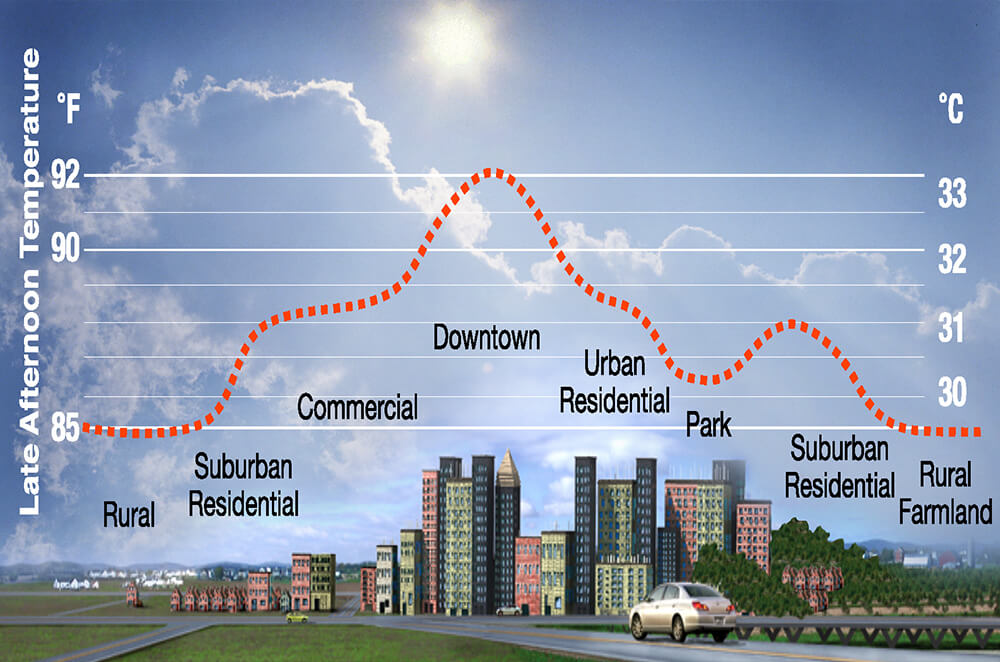
Extreme Heat: How it Impacts Life on Earth
Fecha: 15/08/2023
If the past three years have made one thing clear, it’s that the world is getting hotter. As temperatures rise to new heights each Summer, people try to adapt and combat the heat as best they can. But not all the world’s creatures have as many adaptation tools as humans.
Most ecosystems on Earth have evolved to thrive within specific temperature ranges, and as temperatures rise beyond natural limits, these delicate and interconnected ecosystems can experience profound and potentially deadly changes.
Rising temperatures can cause shifts in species distribution and population structure, as animals move to new territories looking for better conditions. In the case of plant life, it can mean they no longer have the conditions to thrive and therefore become extinct. The rise in temperature can also impact essential ecosystem services, like carbon storage, and increase the risk of arid conditions and droughts.
Though Arctic tundras are known as the most vulnerable to higher temperatures, with consequences we are already experiencing, other ecosystems are also severely and irreparably impacted by extreme heat.
Coral Reefs
“Small” but powerful, coral reefs cover less than 0.1% of the ocean floor yet harbor the highest biodiversity of any ecosystem globally. They provide protection from flooding and directly support over 500 million people worldwide. Coral reefs are also among the ecosystems most vulnerable to extreme heat.
When it comes to rising heat, surface air temperature isn’t our only worry. The oceans are also getting warmer, and warmer waters result in coral bleaching. This happens when corals expel the algae living in their tissues, turning completely white. Bleaching leaves corals stressed and vulnerable.
According to UNESCO, the coral reefs in all 29 reef-containing World Heritage sites would cease to exist by the end of this century if we continue to emit greenhouse gasses at the current rate. Iconic reefs around the world have already suffered mass bleaching; in fact, the Great Barrier Reef in Australia lost around 50% of its corals in 2016 and 2017 due to bleaching.
Tropical Rainforests
Like coral reefs, tropical rainforests are some of the most biodiverse ecosystems in the world: they are home to nearly half of the plants and wildlife on Earth. Around 1.2 billion people rely on tropical forests for survival, and everyone benefits from them regulating the climate and storing vast amounts of carbon.
And, like coral reefs, tropical rainforests are also particularly vulnerable to extreme changes in temperature. These interconnected ecosystems thrive on finely balanced temperature and humidity levels that normally vary very little. Higher temperatures can disrupt that balance and jeopardize the delicate water cycle that keeps the forests healthy.
As a result, many plant and animal species, uniquely adapted to these specific conditions, will be threatened or even face extinction. Higher temperatures can also encourage the spread of diseases, and lead to increased desiccation and fires.
Equally worrying is the fact that, as temperatures rise and rainfall decreases, rainforests will continue to degrade until they become dry savannas, not only killing tens of thousands of species, but also losing their essential carbon storage capabilities.
Carbon storage, food supply, tourism, and protection against natural disasters are among the key benefits of healthy rainforests and coral reefs. Clearly, ensuring these ecosystems can survive and thrive is in the best interest of everyone, as their functions are not only essential for wildlife and plant species, but also for human beings.
